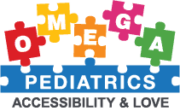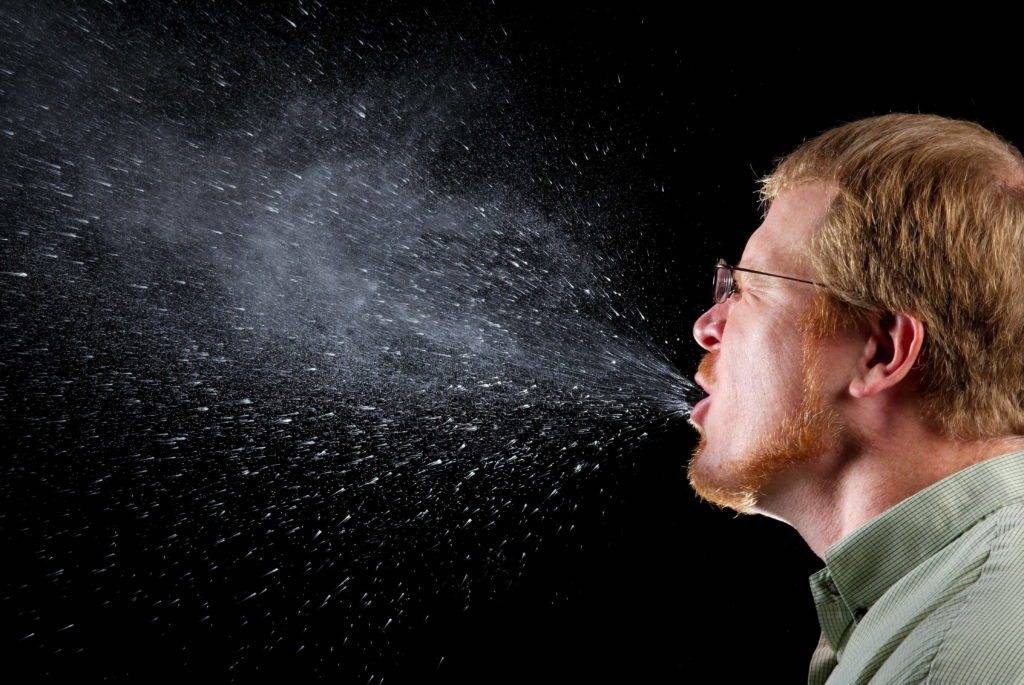Don’t Panic—Here’s What “Foot and Mouth” Really Means for Kids
Hearing the term “Foot and Mouth” can send a wave of panic through any parent’s mind.

It sounds serious—and it is, but not in the way you might think. When we’re talking about children, this phrase almost always refers to Hand, Foot and Mouth Disease (HFMD), a common, usually mild viral illness that’s seen frequently in young kids.
Let’s clear up the confusion early: this is not the same as “Foot and Mouth Disease,” the condition that affects livestock like cows and pigs. That animal disease does not infect humans. So, what is Hand, Foot and Mouth Disease really? In this guide, you’ll learn:
- What HFMD is and how it spreads
- The classic symptoms parents should watch for
- How doctors diagnose and treat the foot and mouth disease
- Smart prevention strategies to protect your family
- When it’s time to call the pediatrician for foot and mouth disease
Understanding “foot and mouth,” or HFMD can bring real peace of mind. The good news? With the right care, most children recover quickly and fully. Let’s break down foot and mouth disease together
Clarifying the Name: Why “Foot and Mouth” Isn’t What You Think
Let’s clear something up right away: when parents hear the phrase “Foot and Mouth” in a healthcare setting, it can cause unnecessary fear. That’s because it sounds like “Foot and Mouth Disease”—a serious illness found in animals like cows, pigs, and sheep.
But here’s the key: that disease doesn’t affect people. What doctors and parents are talking about in children is Hand, Foot and Mouth Disease (HFMD). Despite the similar name, HFMD is not related to the animal illness at all. So, what’s the difference?
- Foot and Mouth Disease: A contagious viral disease found in livestock. Not dangerous to humans, and it is extremely rare for people to even come into contact with it.
- Hand, Foot and Mouth Disease (HFMD): A very common childhood virus that causes mouth sores, a rash, and sometimes fever. It spreads easily but is usually mild.
Understanding this difference is more than just trivia—it helps parents stay calm, make informed decisions, and avoid panic when a child shows symptoms.
What is Hand, Foot, and Mouth Disease?
HFMD is a contagious viral illness primarily affecting infants and children under 5 years old, though older children and adults can also contract it. The disease is commonly caused by coxsackievirus A16 and enterovirus 71.
How it Spreads
HFMD spreads through:
- Close personal contact, such as hugging or sharing utensils.
- Airborne droplets from coughs or sneezes.
- Contact with contaminated surfaces or objects.
- Fecal-oral transmission, especially in settings like daycare centers.

Children are most contagious during the first week of illness, but can continue to shed the virus for several weeks, even after symptoms have resolved.
Key Symptoms in Children
HFMD symptoms typically develop 3 to 6 days after exposure. The illness often begins with:
- Fever
- Sore throat
- Feeling unwell
Within a couple of days, additional symptoms may appear:
- Painful sores in the mouth, particularly on the tongue, gums, and inside of the cheeks.
- Red spots or rashes on the palms of the hands and soles of the feet, which may blister.
- Rashes can also develop on the buttocks, legs, and arms.
These symptoms usually resolve within 7 to 10 days.
How HFMD is Diagnosed and Treated
One of the reassuring things about Hand, Foot, and Mouth Disease (HFMD) is that it’s usually easy to recognize—and even easier to diagnose.
What Doctors Look For
Pediatricians can often diagnose HFMD just by:
👩⚕️ Reviewing your child’s symptoms: This includes fever, mouth sores, and the signature rash on the hands, feet, or buttocks.
🩺 Performing a physical exam: Your doctor will look at the rash, check your child’s throat and mouth, and ask about recent exposures or illnesses at school or daycare.
Treatment
There is no specific antiviral treatment for HFMD. Management focuses on relieving symptoms:
- Fever and pain: Use over-the-counter medications like acetaminophen or ibuprofen.
- Mouth sores: Encourage drinking cold fluids; avoid acidic or spicy foods.
- Hydration: Ensure the child drinks plenty of fluids to prevent dehydration.
Antibiotics are not effective as HFMD is caused by a virus.
Prevention and Contagiousness: How to Keep From Spreading
When it comes to Hand, Foot, and Mouth Disease (HFMD), the best medicine is prevention. While HFMD is usually mild, it spreads fast—especially in places like daycares, playgrounds, and classrooms. The good news? With a few simple habits, you can greatly reduce your child’s risk of catching or spreading it.
To protect your family from HFMD:
- 🧼 Practice good hand hygiene: Make handwashing a habit, especially after bathroom visits, diaper changes, and before meals. Use soap and water—hand sanitizer is helpful, but soap does a better job of removing germs.
- 🧽 Disinfect high-touch surfaces: Clean toys, doorknobs, light switches, and tabletops often. Viruses like HFMD can survive on surfaces for hours.
- 🤝 Avoid close contact with infected individuals: Keep children home from school or daycare if they’re sick, and avoid sharing cups, utensils, or towels.
- 😷 Teach proper respiratory etiquette: Remind kids to cover coughs and sneezes with a tissue or their elbow—not their hands.
- 💉 No vaccine yet—but awareness helps: There’s currently no vaccine for HFMD in the U.S., which makes prevention through hygiene even more important.
Understanding the Contagious Period
HFMD is most contagious during the first week of illness—when fever, mouth sores, and rashes are most active. However, that’s not the end of it.
- The virus can linger in the body and be shed through stool for several weeks, even after symptoms disappear.
- That means a child who looks better might still be spreading the virus—especially if proper hygiene isn’t followed.
Keeping your child home for at least a few days after symptoms begin and practicing good hygiene can help protect classmates and siblings from getting sick.
When to Seek Medical Advice
Although Hand, Foot, and Mouth Disease (HFMD) is usually a mild illness, there are times when it’s important to call your doctor. Being alert to the warning signs can help you catch any rare complications early and keep your child safe.
Call your pediatrician if you notice:
- Signs of dehydration: Look out for fewer wet diapers, a dry or sticky mouth, sunken eyes, or unusual sleepiness. Young children can become dehydrated quickly, especially if they aren’t drinking due to painful mouth sores.
- High or persistent fever: A temperature above 101°F (38.3°C) for more than three days should be checked. Fever is common in HFMD, but if it sticks around too long, it could signal something more serious.
- Symptoms that don’t improve: Most children start feeling better after a few days. If it’s been over 10 days and your child still seems sick, or if new symptoms are showing up, it’s time to check in with a doctor.
- Unusual symptoms or behaviors: If your child has trouble walking, is unusually drowsy, vomits a lot, or acts very differently than normal, these could be signs of rare complications.
Know the serious complications (though rare):
- Viral meningitis: This is inflammation of the tissue covering the brain and spinal cord and can cause headaches, stiff neck, or sensitivity to light.
- Encephalitis: This is brain inflammation, and rare, but it’s serious. Symptoms may include confusion, seizures, or unconsciousness.
This article provides further insights into this illness: Encephalitis in Children: The Astonishing Reality of Brain Inflammation and How to Manage It
If you notice anything that doesn’t feel right, trust your instincts and call your pediatrician. It’s always better to check than to worry. For local help, Omega Pediatrics offers convenient, responsive care for families and helps you navigate concerns about HFMD or other illnesses.
Why Knowing About Hand, Foot, and Mouth Disease Brings Peace of Mind

In summary, when parents hear “Foot and Mouth” in children, it almost always means Hand, Foot, and Mouth Disease (HFMD)—not the livestock illness. While the symptoms can look scary—like fever, rashes, and painful mouth sores—HFMD is usually mild and short-lived.
Most children bounce back fully within 7 to 10 days. The real power comes from knowing what to expect and what to do. Practicing strong hand hygiene, cleaning shared surfaces, and keeping your child home during the contagious stage are simple but effective ways to stop the virus from spreading.
Keeping your child comfortable with fluids and fever reducers is usually all that’s needed. Still worried? You’re not alone. If your child shows signs of dehydration, a high fever, or symptoms that seem to get worse instead of better, reach out to your pediatrician.
Pediatric care teams, like those at Omega Pediatrics, are always ready to help guide you through illnesses like HFMD and other childhood conditions.
Looking for more parenting and health tips? Check out this helpful article on fevers in children: Febrile Episodes in Children: A Comprehensive Exploration of Fever-Related Issues and Normal Temperature in Infants: Understanding Fever Ranges in Babies
Knowledge and calm action are your best tools as a parent. HFMD may sound dramatic, but with the right care and attention, your child will likely be back to playtime in no time.



